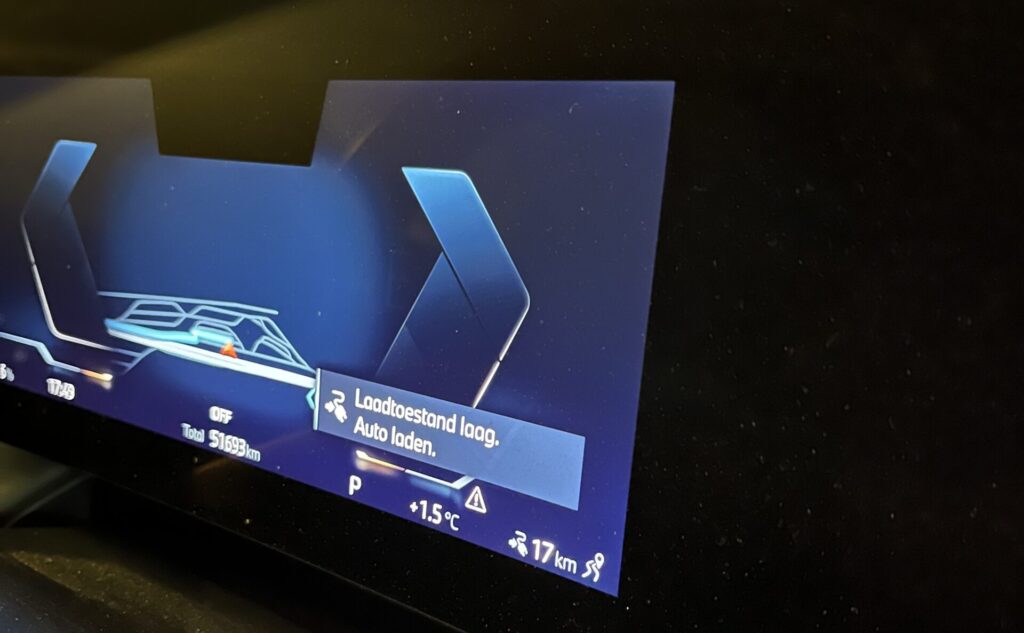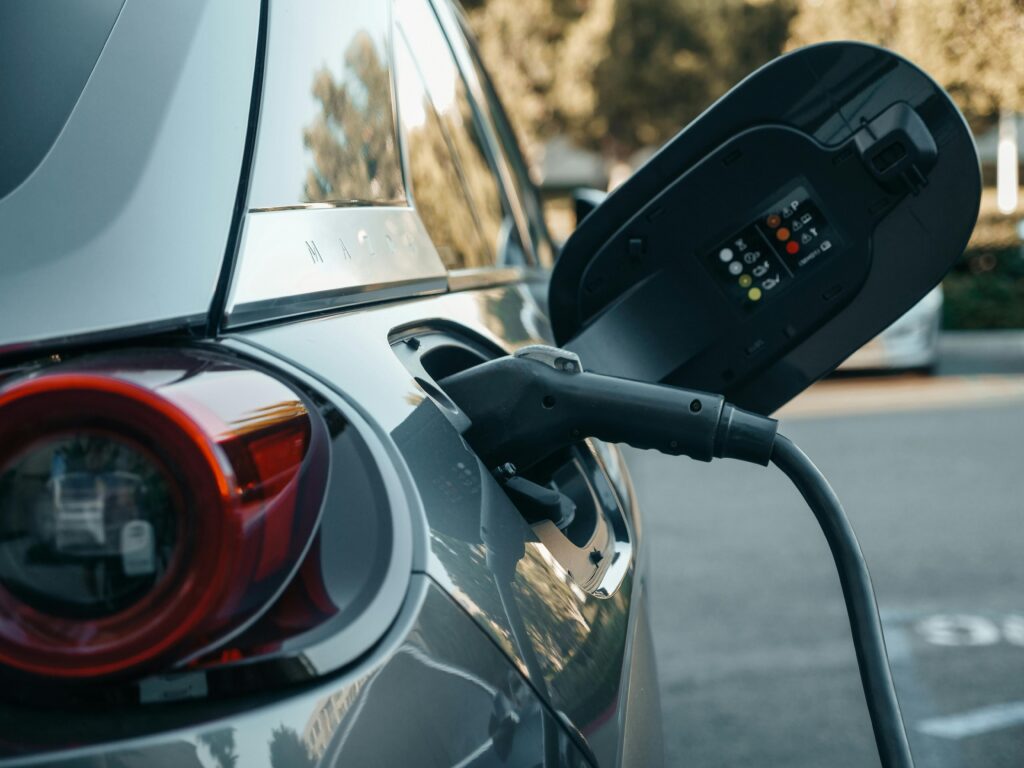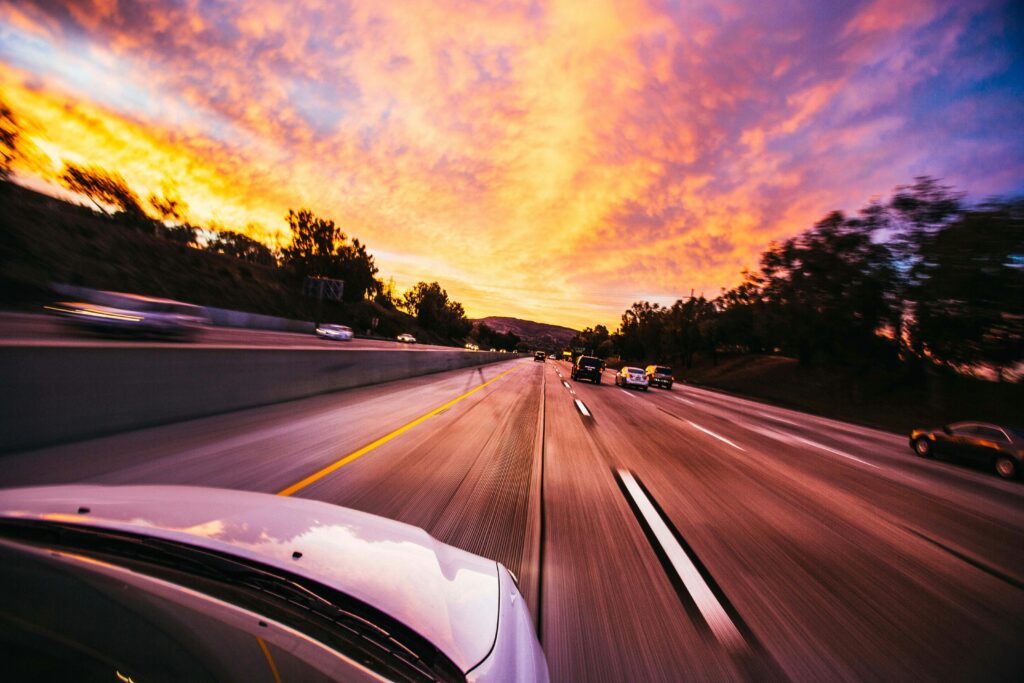Travel with EV
Travel with an EV: The Ultimate Guide to Road Tripping Through Europe
Why Road Tripping with an EV is Easier Than You Think
Electric vehicles (EVs) are no longer just for city commutes—they’re changing the way we explore the world. Driving across Europe with an EV offers incredible perks: lower fuel costs, reduced environmental impact, and access to scenic routes without the usual range anxiety.
Sure, planning an EV road trip requires more preparation than a traditional gas-powered journey, but with the right tools and mindset, it’s easier than ever. Charging networks have expanded, apps make route planning effortless, and toll badges streamline travel across multiple countries. Whether you’re heading to the French Alps for a ski trip or exploring coastal roads in Portugal, this guide will help you navigate the essentials of EV travel across Europe.
Understanding EV Charging: What You Need to Know
The first challenge you’ll encounter when traveling with an EV is understanding the different types of charging. At first, it can feel overwhelming, but the key takeaway is knowing the difference between AC (slow) charging and DC (fast) charging.
AC Charging: Slow but Essential
AC charging, often called slow charging, typically delivers 7 to 22 kW of electricity per hour. This is the type of charging you’re likely using at home or at public street chargers. While gentler on your EV’s battery—helping preserve long-term health—it’s not practical for road trips unless you’re stopping for several hours or charging overnight at your destination.
DC Fast Charging: Your Best Friend on the Road
For long-distance travel, DC fast charging is the way to go. Over the past few years, thousands of DC fast chargers have been installed along European highways, making it easier than ever to charge up on the go. These chargers typically deliver between 150 and 300 kW, though not all EVs can accept the highest speeds. Don’t worry—your car automatically communicates with the charger to determine the optimal power level.
Most DC chargers can top up your battery from 10% to 80% in about 30 minutes, making them perfect for a quick toilet or coffee break after a few hours of driving.
💡 Pro Tip: You may also come across 50 kW chargers, but they’re less common and often too slow for long-distance travel.
Charging Smart: Best Practices for Efficiency
When charging an EV, it’s important to optimize battery performance and travel time:
- Avoid charging to 100% – Above 80%, charging slows significantly to protect the battery from overheating. Stopping at 80% and making an extra stop later saves time overall.
- Don’t let your battery drop below 10% – Think of this as the EV equivalent of a fuel reserve. Keeping some buffer reduces range anxiety and ensures your car runs efficiently.
🚗 Key Takeaways:
✔️ Highway fast chargers make long-distance EV travel seamless.
✔️ The sweet spot for charging is 10–80%, with most sessions taking around 30 minutes.

EV Charging Networks in Europe
One of the biggest concerns for EV travelers is finding reliable charging stations. The good news? Europe has an extensive and growing network, with multiple providers offering fast-charging options along highways and in cities. Some of the key players include:
- Ionity & Tesla Superchargers – Fast and widespread along major European highways.
- Fastned & Allego – Popular in Germany, the Netherlands, and Belgium.
- TotalEnergies & Shell Recharge – Well-placed across France and Italy.
How to Pay for Charging
At first, paying for a charge might seem as simple as tapping your contactless credit or debit card, but this isn’t always the most convenient—or cost-effective—option. While Europe is working toward universal card payments at charging stations, many locations still don’t accept them. Plus, direct card payments often come with higher fees compared to other payment methods.
The most hassle-free way to charge across multiple networks is by using an app or an RFID charging card/key fob. Here’s why:
✔️ Better coverage – Many charging providers have agreements with multiple networks.
✔️ Transparent pricing – Apps and RFID cards often show prices upfront, helping you avoid surprise fees.
✔️ Guaranteed access – Nothing ruins a road trip like arriving at a charger and realizing you can’t use it.
Some pay-as-you-go providers don’t even require a monthly subscription. Good options include the Chargemap Pass or the Bip&Go app, which I’ll cover in more detail later. However, if you frequently road-trip with your EV, a subscription plan can be worth it, as it offers lower charging costs over time.

Navigation & Route Planning for EV Travel
Planning an efficient EV road trip might seem tricky at first, but it’s easier than you think. Thanks to smart navigation apps, you can optimize routes based on your car’s energy consumption, locate compatible charging stations, check real-time charger availability, and avoid traffic delays—all in one go.
Some of the best apps I’ve tested for seamless EV travel include:
- A Better Route Planner (ABRP) – Designed specifically for EVs, optimizing charging stops based on your car model and energy use.
- Chargemap – A great all-in-one solution that pairs perfectly with the Chargemap Pass mentioned earlier.
- Google Maps (with EV features) – A solid backup, though not as detailed as the specialized apps.
💡 Pro Tip: ABRP and Chargemap are highly recommended because they tailor routes to your specific EV, preventing unexpected energy shortages and reducing unnecessary charging stops.
Using Your EV’s Built-in Navigation
If your car has an integrated navigation system, use it! These systems:
✔️ Adapt routes in real-time based on your actual energy consumption.
✔️ Pre-condition the battery before arriving at a fast charger, making charging quicker.
✔️ Estimate exactly how much charge you need to reach the next station efficiently.
However, there’s a drawback: If your charging pass isn’t compatible with the stations your car suggests, you might run into issues. This highlights why choosing the right charging pass is crucial for a smooth trip.
Smart Route Planning Tips
- Looking for a hot meal? Check charging stop amenities in advance—sometimes, driving to the next station gives you more options and avoids long charger queues.
- Avoid peak lunch/dinner rushes by stopping slightly earlier—arriving at 11:45 AM instead of noon can save you from waiting.
- Book overnight stays with charging facilities—this saves you time and hassle, allowing you to start the next day with a full battery.

Essential Rules for Long-Distance EV Travel
Want to make the most of your European EV road trip without stress or delays? Follow these key rules to save time, energy, and unnecessary headaches:
- Highway Driving & Speed Efficiency 🚗⚡
Stick to 110 km/h instead of 120 km/h or higher, and you’ll save up to 20% in electricity—which means more kilometers on the same charge! - Weather Impacts Your Range 🌡️❄️
- Hot summers? Your car’s battery cooling system and A/C usage will drain energy faster.
- Cold winters? Expect a significant range drop—especially if you’re heading to the French Alps for a ski trip. The difference between optimal weather (20°C) and extreme conditions can cut your range by 25%!
- Pack Your Charging Cables—All of Them! 🔌
- Fast chargers come with cables, but always bring your slow-charging cable for overnight stops.
- Carry an adapter for household sockets—you never know when you’ll need it! Trust me, you’ll thank me later.
Country-Specific Requirements
Beyond general EV travel tips, each country has specific regulations. If you’re driving to the French Alps for a ski trip, make sure you have:
✔️ A Crit’Air sticker – Required for driving in low-emission zones (Germany has a similar system).
✔️ Winter tires or snow chains/socks – Mandatory in most mountainous areas.
💡 Pro Tip: Plastic or reusable gloves make fitting snow chains so much easier—don’t forget them!
Make Toll Roads Easy with a Toll Badge
Not required, but highly recommended:
- A toll badge like Bip&Go saves you time, effort, and risk at toll booths.
- Instead of stopping, just drive through—no need to fumble for tickets or credit cards (which, yes, can get lost).
- Bonus: Some lanes don’t require a full stop, reducing accident risks (yes, someone rear-ended us while waiting at a toll booth before! 😬).
- Best part? Bip&Go also doubles as a charging pass for many European charging stations. That’s two road trip problems solved in one go!

Cost & Affordability: Is EV Travel Cheaper?
One of the biggest questions when considering an EV for long-distance travel is cost. Is it actually cheaper than driving a gasoline car? Let’s break it down.
Fuel vs. Charging Costs: A Real-World Comparison
From my own experience, most fast-charging stations along French highways charged about €0.60 per kWh. During my trip, driving at 130 km/h in below 0°C temperatures, my EV consumed 23 kWh per 100 km, meaning:
- EV cost per 100 km → €0.60 × 23 kWh = €13.80
- Total for a 1,000 km journey → €138
Now, let’s compare this to a gasoline car. The official fuel price in France hovers around €1.90 per liter. Assuming an average fuel consumption of 6.5L/100 km, that gives us:
- Gasoline cost per 100 km → 6.5L × €1.90 = €12.35
- Total for a 1,000 km journey → €123.50
At first glance, gasoline seems slightly cheaper—by around €14.50 per 1,000 km. However, it’s important to note that my EV consumption was under less-than-ideal conditions (high speed + cold temperatures). Under normal conditions, at around 18 kWh/100 km without lowering speed, the costs would drop significantly:
- EV cost per 100 km (in normal temperatures) → €0.60 × 18 kWh = €10.80
- Total for a 1,000 km journey → €108
In this scenario, the EV becomes cheaper than gasoline by about €15.50 per 1,000 km!
Budget-Friendly Tips for EV Travelers
If you plan your charging stops wisely, EV travel can be even more affordable. Here’s how to cut down costs:
- Free or Included Charging at Hotels 🔌
Many hotels include charging costs in their overnight parking fee—or even offer free charging. This can save you €30-€50 per night compared to highway fast-charging! - Use Cheaper AC Chargers for Longer Stops ⏳
Instead of only relying on fast chargers, use AC chargers (7-22kW) when you’re stopping for meals, sightseeing, or overnight stays. These often charge at €0.30/kWh or less, nearly halving your energy cost. - Subscription-Based Charging Passes 📲
Some charging networks offer lower rates for subscribers. If you road trip often, a monthly plan can significantly cut your per-kWh cost, making EV travel cheaper than gasoline. - Slow Down to 110 km/h on Highways 🚗💨
This is one of the biggest energy savers. Driving at 110 km/h instead of 130 km/h can cut energy consumption by 20%, increasing range and reducing charging stops. The result? More savings and fewer breaks, making your trip both cheaper and more efficient.
Bottom Line: Can EV Travel Be Cheaper?
While highway fast-charging at standard rates may not always be cheaper than gasoline, the real savings come from smart planning. If you leverage free hotel charging, lower-cost AC chargers, and charging subscriptions, you can easily tip the balance in favor of an EV road trip—all while enjoying a quieter, smoother ride and lower environmental impact.
Conclusion & Final Tips: Enjoying a Smooth EV Road Trip Across Europe
Taking an EV road trip across Europe might seem like a challenge at first, but with the right planning and mindset, it can be just as smooth—and even cheaper—than driving a gasoline car. Plus, let’s be honest, the quiet, stress-free ride and instant torque make for a fantastic driving experience!
Key Takeaways for a Successful EV Road Trip
- Charging Networks Are Extensive, But Plan Ahead 🔋
Europe has thousands of charging stations, but not every charger supports credit card payments. A charging card or app (like Chargemap or Bip&Go) is a must-have. - Optimize Your Route for Charging & Comfort 📍
Use ABRP or Chargemap for planning, and always have a backup charger in case your first choice is occupied. Car navigation systems can also help optimize stops. - Speed & Weather Affect Your Range 🌡️
Cold weather and high speeds eat into your battery. Drive at maximum 110 km/h on highways to increase range and reduce charging stops. - Hotels with Charging Save Time & Money 🏨🔌
Many hotels offer free or low-cost charging with parking. This eliminates an extra charging stop and reduces costs significantly. - Toll Badges & EV-Specific Requirements 🏔️🛣️
If you’re traveling in France or Germany, don’t forget your Crit’Air sticker. Winter tires or chains are required in mountain regions. A Bip&Go toll badge makes highway tolls effortless—no stopping, no hassle.
Final Thoughts: Embrace the EV Travel Experience!
Long-distance EV travel in Europe is getting easier every year, and with a little preparation, it can be just as convenient as a regular road trip—if not better. Whether you’re cruising through the Alps, exploring France’s vineyards, or road-tripping along the Mediterranean coast, your EV can get you there efficiently and affordably.
So, charge up, hit the road, and enjoy the freedom of emission-free travel across Europe! 🚗⚡🇪🇺
